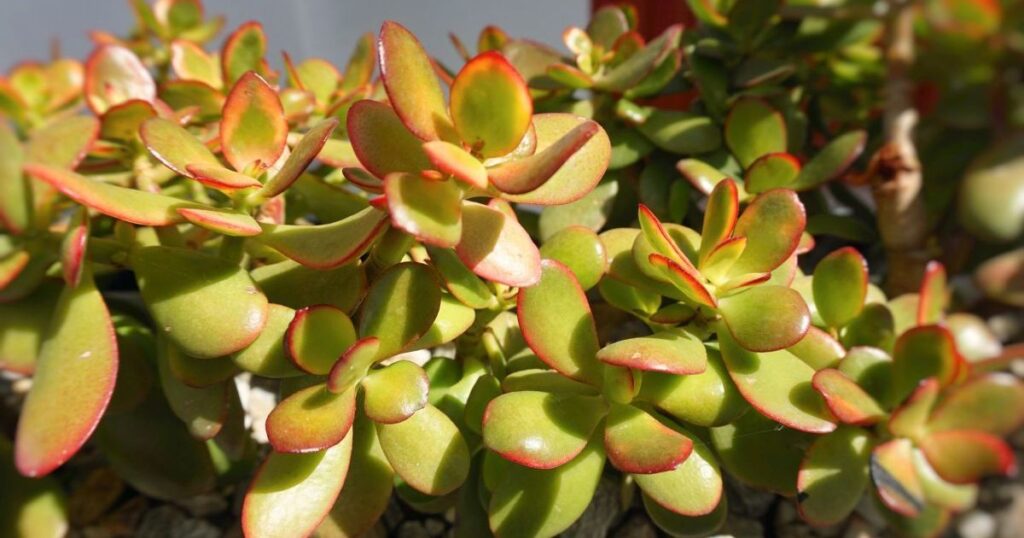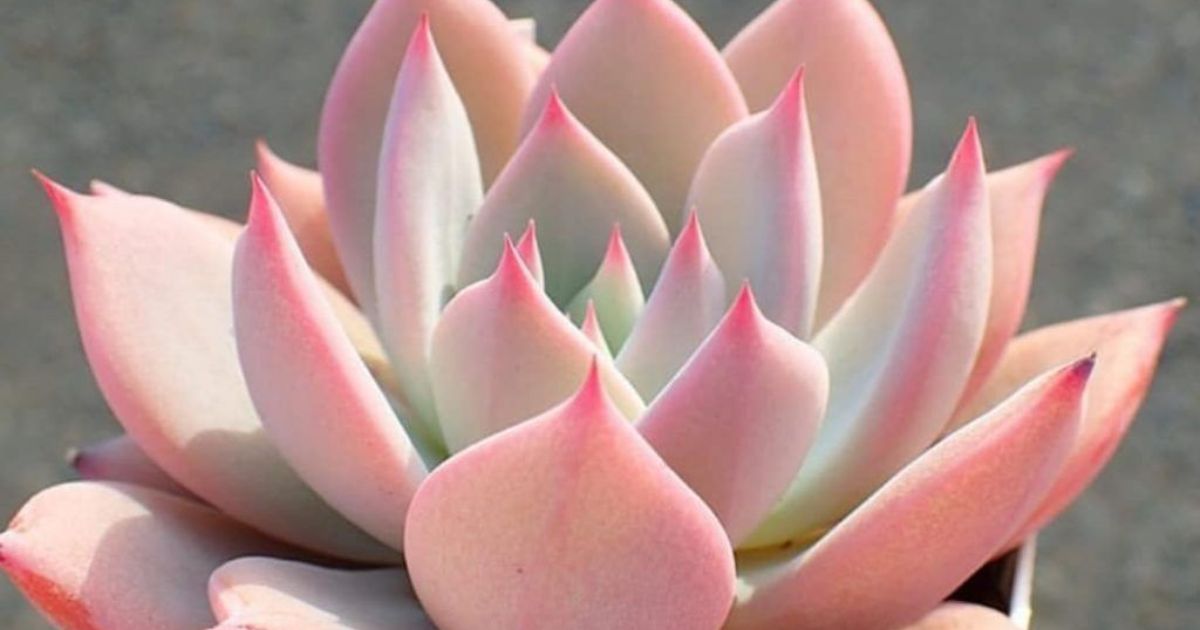Succulent plants need sunlight to thrive. Sunlight is essential for these plants because it fuels the process of photosynthesis, allowing succulents to convert light into energy. Without an adequate amount of sunlight, succulents may become weak, stretched, and lose their vibrant colors. Providing the right amount of sunlight ensures that these hardy plants maintain their characteristic compact and robust form.
Do succulent plants need sunlight? Absolutely! Imagine the sun as nature’s fuel for your succulents, powering their growth and resilience. Just like we need food to thrive, succulents rely on sunlight to produce the energy they need to flourish. So, the next time you ask yourself, Do Succulent Plants Need Sunlight? Remember that sunlight is the key to unlocking the full potential of these fascinating plants.
Succulent plants need sunlight for various reasons. Apart from supporting photosynthesis, sunlight helps prevent issues like etiolation, a condition where succulents become leggy and stretched due to inadequate light. While these plants are known for their ability to withstand harsh conditions, the right balance of sunlight ensures they exhibit their unique shapes and vibrant colors.
Do Succulent Plants Need Direct Sunlight?

Succulents thrive in direct sunlight, but you may wonder, Why do my succulents have white spots. Sunlight is essential for their growth as it fuels efficient photosynthesis, converting light into energy. While many succulents can tolerate some shade, exposing them to direct sunlight enhances their vibrant colors and compact form.
It’s crucial to understand the sunlight requirements of specific succulent varieties, especially when observing white spots, to provide optimal care. The presence of white spots could be a sign of various factors, including sunburn, pests, or fungal issues, prompting the need for careful examination and tailored solutions to ensure your succulents continue to thrive.
Ensuring your succulents receive the right amount of sunlight is vital. Acclimating your plants to direct light gradually is essential, especially if they’ve been kept in shade or indoors. Sudden exposure to intense sunlight may cause sunburn or stress. Begin by placing them in partial sunlight and gradually increase exposure. This helps succulents adjust, ensuring they receive the sunlight needed for robust growth without harm.
How to Acclimate Your Plant to Direct Light
Acclimating succulents to direct sunlight is a gradual process. Start by placing them in an area with partial sunlight, such as morning sun. After a week, gradually increase the exposure, allowing the plants to adapt to more intense light.
Monitor for signs of stress, like color changes or wilting, and adjust accordingly. By acclimating your succulents thoughtfully, you ensure they receive the direct sunlight required for optimal health and aesthetics.
Table: Summary of Sunlight Requirements for Succulents
| Aspect | Importance for Succulents |
| Direct Sunlight Exposure | Crucial for Growth |
| Acclimation to Sunlight | Gradual and Essential |
| Signs of Sunlight Stress | Color Changes, Wilting |
| Optimal Sunlight for Succulents | Varies by Species |
Why Succulents Need a Lot of Sun
Succulents need a lot of sun due to their adaptation to arid environments. In their natural habitat, they receive ample sunlight, allowing them to store water efficiently. Adequate sunlight promotes compact growth and vibrant colors in succulents. Lack of sunlight may lead to stretched and weak plants. Understanding why succulents need substantial sunlight is key to providing the ideal conditions for their well-being.
Providing sufficient sunlight is a fundamental aspect of succulent care. Sunlight enables these plants to thrive, displaying their unique characteristics. While some succulents tolerate partial shade, a lack of sunlight compromises their resilience and aesthetic appeal. By ensuring your succulents receive ample sunlight, you contribute to their overall health and the visual charm they bring to your space.
Can Succulents Get Too Much Sun?
While succulents thrive in sunlight, they can get too much of it. Intense, prolonged sunlight may lead to sunburn, causing damage to the plant’s tissues. Signs of excessive sunlight include discoloration, shriveling, or a bleached appearance. It’s crucial to monitor your succulents for these signs and provide shade if needed. Finding the right balance ensures your succulents receive the benefits of sunlight without the drawbacks of overexposure.
Balancing sunlight exposure is essential for succulent care. While they need a lot of sun, excessive exposure can be detrimental. Observing your plants for signs of stress allows you to adjust their sunlight levels accordingly. By maintaining the right balance, you ensure your succulents receive the sunlight necessary for vitality without the risks of sun damage.
Will Succulents Grow in Shade?
Succulents can grow in shade, but they thrive in sunlight. While some varieties tolerate low-light conditions, they may become leggy and lose vibrancy. If growing succulents indoors, place them near bright, indirect light. Outdoors, select shaded areas with dappled sunlight. However, providing succulents with sufficient sunlight, even in partial shade, enhances their overall health and appearance. Understanding their adaptable nature helps you create an environment where succulents can flourish.
Growing succulents in shade is possible, but it comes with considerations. While some varieties adapt to lower light levels, they may not display their full potential. If growing indoors, place succulents near a bright window. Outdoors, choose shaded areas with filtered sunlight to strike a balance. Combining thoughtful placement with occasional direct sunlight ensures a thriving succulent garden.
Succulents That Need a Lot of Light
Certain succulents thrive in bright, direct sunlight. Species like Aloe, Sedum, and Echeveria require a lot of light to maintain their compact form and vivid colors. Placing these succulents in areas with ample sunlight is crucial for their health and aesthetic appeal. Knowing the light preferences of specific succulent varieties guides you in providing the optimal conditions for their growth.
Succulents that need a lot of light include those adapted to sunny, arid environments. Aloe vera, known for its medicinal properties, thrives in direct sunlight. Sedum varieties, with their diverse shapes and colors, also benefit from ample light. Echeveria, prized for its rosette form, displays vibrant hues when exposed to a lot of sunlight. Understanding the light preferences of these succulents ensures you meet their specific needs for robust growth.
Succulents That Do Well in Shade
While many succulents prefer sunlight, some varieties do well in shade. Haworthia, Sansevieria, and ZZ plants are examples that thrive in low-light conditions. These succulents adapt to indoor environments with less direct sunlight. Placing them near bright, indirect light sources ensures they maintain their structure and resilience. Knowing which succulents tolerate shade allows you to create diverse and thriving succulent displays, even in less sunlit spaces.
Succulents that do well in shade are excellent choices for indoor or low-light environments. Haworthia, with its fascinating leaf patterns, adapts to lower light levels. Sansevieria, known for its hardiness, thrives in various light conditions, making it suitable for shaded areas. ZZ plants, with their glossy foliage, also tolerate shade well. Incorporating these shade-tolerant succulents adds versatility to your succulent collection, allowing you to create captivating displays in various settings.
How to Grow and Care for Canna Lily
Canna lilies, while not succulents, also require proper care. These vibrant flowering plants thrive in full sunlight and well-draining soil. Plant them in an area with ample sunlight and water consistently to keep the soil evenly moist. Deadheads bloom to encourage continuous flowering. Providing the right conditions for Canna lilies showcases their striking blooms and enhances the overall beauty of your garden.
Growing and caring for Canna lilies involves meeting their specific needs. These non-succulent plants thrive in full sunlight, making them ideal for sunny garden spots. Ensuring well-draining soil and consistent watering supports their growth. Regular deadheading promotes continuous blooming, allowing you to enjoy their vibrant flowers throughout the growing season. Integrating Canna lilies into your garden adds a burst of color and complements the unique charm of succulents.
Incorporating proper sunlight care into your succulent routine enhances their overall health and appearance. Whether it’s understanding their light requirements, acclimating them to direct sunlight, or recognizing varieties that thrive in shade, these considerations contribute to a thriving succulent garden. Additionally, the insights into Canna lily care offer a broader perspective on cultivating a diverse and visually stunning garden space.
FAQ’s
Can succulents survive without direct sunlight?
Succulents can survive without direct sunlight, but they thrive and display vibrant colors best when exposed to ample sunlight.
How do I acclimate succulents to direct sunlight?
Gradually acclimate succulents by introducing them to partial sunlight, then increasing exposure over a week to prevent sunburn and stress.
Do all succulents need a lot of sunlight?
While some succulents tolerate shade, many need a lot of sunlight for optimal growth, vibrant colors, and to prevent stretching.
Can succulents suffer from too much sun?
Yes, succulents can suffer from too much sun, leading to sunburn and damage. Monitor for signs like discoloration and adjust sunlight exposure accordingly.
Will succulents grow well in shady areas?
Some succulents, like Haworthia and Sansevieria, adapt to shade, making them suitable for indoor or low-light environments with bright, indirect light.
Conclusion
In the realm of succulent care, the significance of sunlight becomes a beacon guiding enthusiasts toward the well-being of these resilient plants. Understanding whether succulent plants need sunlight unveils a fundamental truth – sunlight is not just a requirement; it’s a lifeline. From acclimating succulents to the gradual embrace of direct sunlight to recognizing the diverse preferences of sun-loving and shade-tolerant varieties, the journey to cultivate thriving succulents is illuminated by the light they receive.
So, whether you’re welcoming the sun-loving Aloe or the shade-adaptable . Into your collection, the key lies in understanding and meeting their sunlight needs. Succulents, like miniature sunseekers, tell a story of resilience, adaptation, and the transformative power of sunlight. As you cultivate your succulent haven, remember that the dance between succulents and sunlight is a partnership, a harmonious rhythm that echoes in the vibrant colors, shapes, and overall vitality of these remarkable plants.










